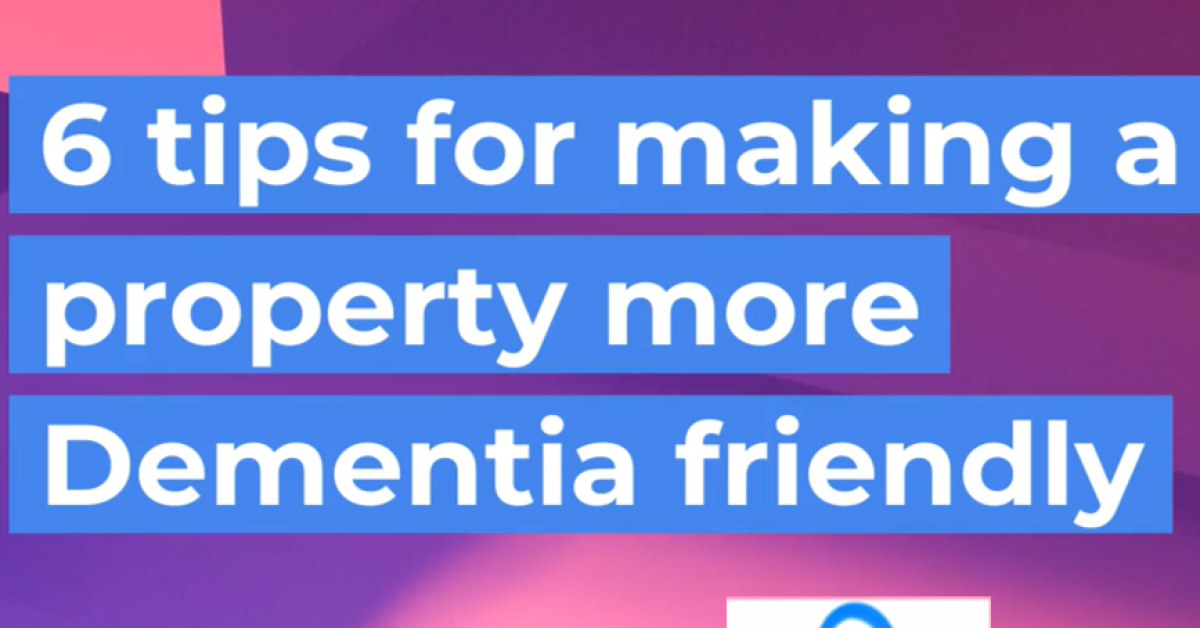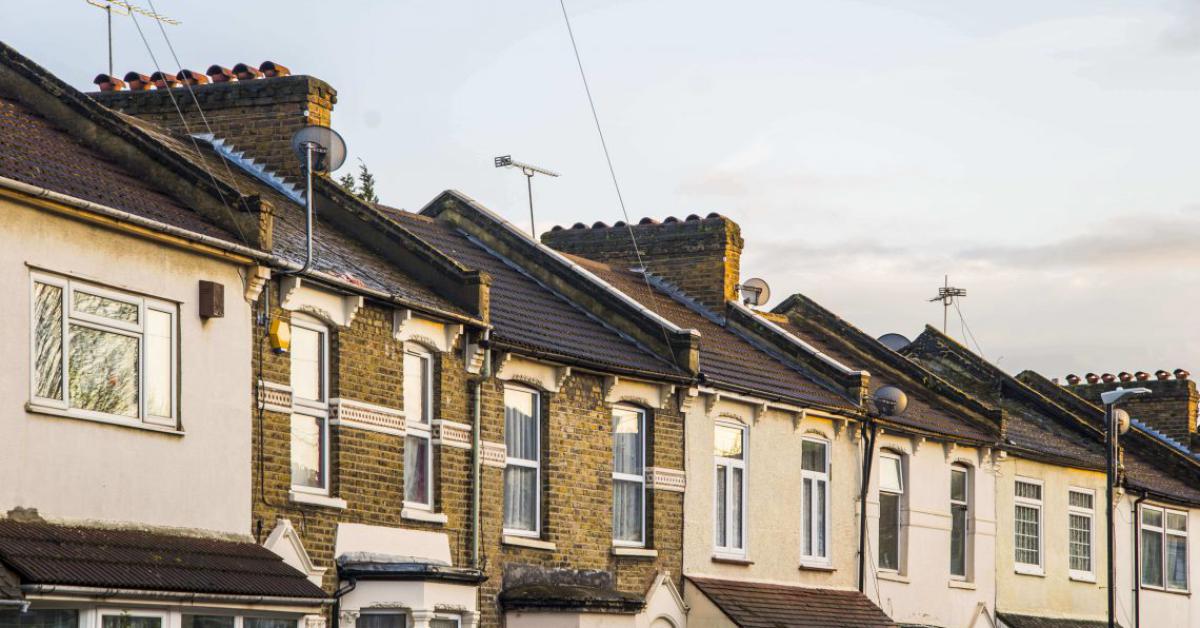Improving access to the PRS
Summary
We believe that the private rented sector should work for everyone, however we know that some tenants find there are barriers to accessing homes in the sector.
The private rented sector is a vital part of the housing mix and now accounts for around one-fifth of all households. Despite this, much of the thinking about the role of the sector remains fixed - rather than taking advantage about the unique attributes of the sector to provide a choice of homes.
Our work in this area includes:
- adaptations
- homelessness
- 'No DSS'.
Adaptations
The private rented sector (PRS) is now the second largest tenure in the country, with around 20 percent of households making their homes in the sector. Alongside this we are seeing changing demographics with people remaining in the sector for longer, as well as more older people living in the PRS. While young people are still the largest proportion of private tenants, older tenants are the fastest growing demographic. Many of these individuals will remain in the PRS across their lifetime.
Influenced by this, tenants’ needs are changing. As people age, they need more accessible properties but it’s not just older people who are looking for suitable homes. Some tenants are unable to access social housing due to long waiting periods. Others value the choice the PRS offers compared to the social sector. This has led to increasing demand for accessible PRS homes.
However, tenants often report that they are unable to access adapted properties to rent privately. Research from Abode Impact with wheelchair user households found that, although 18 percent of respondents currently lived in the PRS, 50 percent were actively seeking to enter the sector and 90 percent had experienced barriers in doing so.
There has also been growing political attention on the issue, with a recent All-Party Parliamentary Group (APPG) on Ageing and Older People inquiry to which we contributed, highlighting the need for the Government to work collaboratively with the PRS to help landlords make their properties more accessible.
At the same time, the APPG on Housing and Care for Older People forecasts that the number of households in the PRS headed by someone aged 65 or over could treble in the next three decades, from 450,000 today to over 1.5 million by 2046.
Our work
We identified accessibility as a growing challenge and an untapped opportunity, with many landlords unaware of either the increasing demand from tenants or the substantial financial support available to make adaptations.
We believe landlords should be well-equipped to respond to the projected changing needs of tenants and able to factor this into their planning to future-proof their portfolios. To this end, we initiated work with a wide range of stakeholders working on accessible housing and adapting properties to understand how to facilitate landlords’ ability to engage with tenants effectively and open up new, and growing, markets.
The guidance for landlords and report arising from this work will be published in autumn 2020.
Homelessness
Increasing numbers of tenants in receipt of benefits now rely on the private rented sector for a place to live. Despite this, changes to the benefits system have reduced the likelihood of landlords renting out to vulnerable tenants.
At the same time, local authorities have been increasingly reliant on temporary accommodation to support those in need of a home, with a lack of socially rented housing available.
We believe there is a role for the private rented sector in offering more long term housing for those at risk of homelessness. Some local authorities are already running private sector leasing schemes through which private landlords can lease their properties to the council. Many landlords still remain concerned about the perceived higher risks.
Our work
In addition to our welfare work, we are engaging with partners on advocating for packages of support to help landlords to let to those who are at risk of or have experienced homelessness. This includes approaches such as pre-tenancy training, direct access to housing officers and access to mediation.
We also are developing our understanding of what would encourage more landlords to consider these lets through our research programme.
'No DSS'
A recent court case found that a letting agent with a blanket 'no DSS policy' unlawfully discriminated against a tenant on the basis of sex and disability.
Landlords should consider each tenant on a case-by-case basis, rather than stating ‘No DSS' on the advert. However, landlords have a legitimate right to refuse a tenancy based on affordability.
So-called ‘No DSS' adverts were the subject of a Work and Pensions Select Committee inquiry which found that lenders used restrictive clauses to ensure that landlords could not rent to benefit claimants. However, many lenders have since confirmed they no longer include these restrictions.
In 2018, Rightmove and Zoopla announced that they would be adhering to guidance we issued – landlords should consider each tenant's circumstances on an individual basis before making a decision of whether to agree to a tenancy.
Our work
No landlord should discriminate against tenants because they are in receipt of benefits. We have advocated for mortgage lenders and insurance companies to remove blanket restrictions, to ensure landlords are able to make open choices. As as result of this most new mortgage products no longer limit the types of tenant landlords can let to.
Every tenant’s circumstance is different and so they should be treated on a case by case basis based on their ability to sustain a tenancy.
The Government can support this work by ensuring benefits cover rents entirely. This is further impacted by the size of Broad Rental Market Areas (BRMAs) which further underestimate local rent levels in certain areas. The Government should also convert the loans to cover the five week wait for the first payment of Universal Credit into grants.
Latest news
Blog: Minister joins NRLA at Shelter Cymru conference
Climate change minister Julie James addressed the Shelter Cymru conference this week, with the NRLA also in attendance to discuss the vital role PRS landlords play in providing homes to rent. Douglas Haig, the NRLA's non-executive director with special responsibility for Wales, addressed delegates and spoke to the Minister about support needed for landlords with homes in Wales.
Dementia Action Week 2022: Housing and adaptations
This week is Dementia Action Week, an annual campaign run by the Alzheimer's Society. The NRLA continues to work with and support the Alzheimer’s Society as part of our accessibility and adaptations campaigning work.
Blog: Engaging with Chorley landlords on adaptations in the private rented sector
We recently spoke with Chorley landlords about adaptations for older and disabled tenants. Tim Thomas gives explains more about what he learnt and the future of the NRLA’s campaign to improve access to the private rented sector.
Tenants with covid rent debts see arrears increase
Average rent debts still owed by renters as a result of the pandemic have increased by 41 per cent since May according to new research.
Blog: Making the PRS more accessible for disabled and older people
The NRLA is working in partnership with five local authorities to develop ways of increasing the supply of adapted properties in the Private Rented Sector (PRS). We are also looking to raise awareness of the advantages of improving accessibility for both tenants and landlords.




